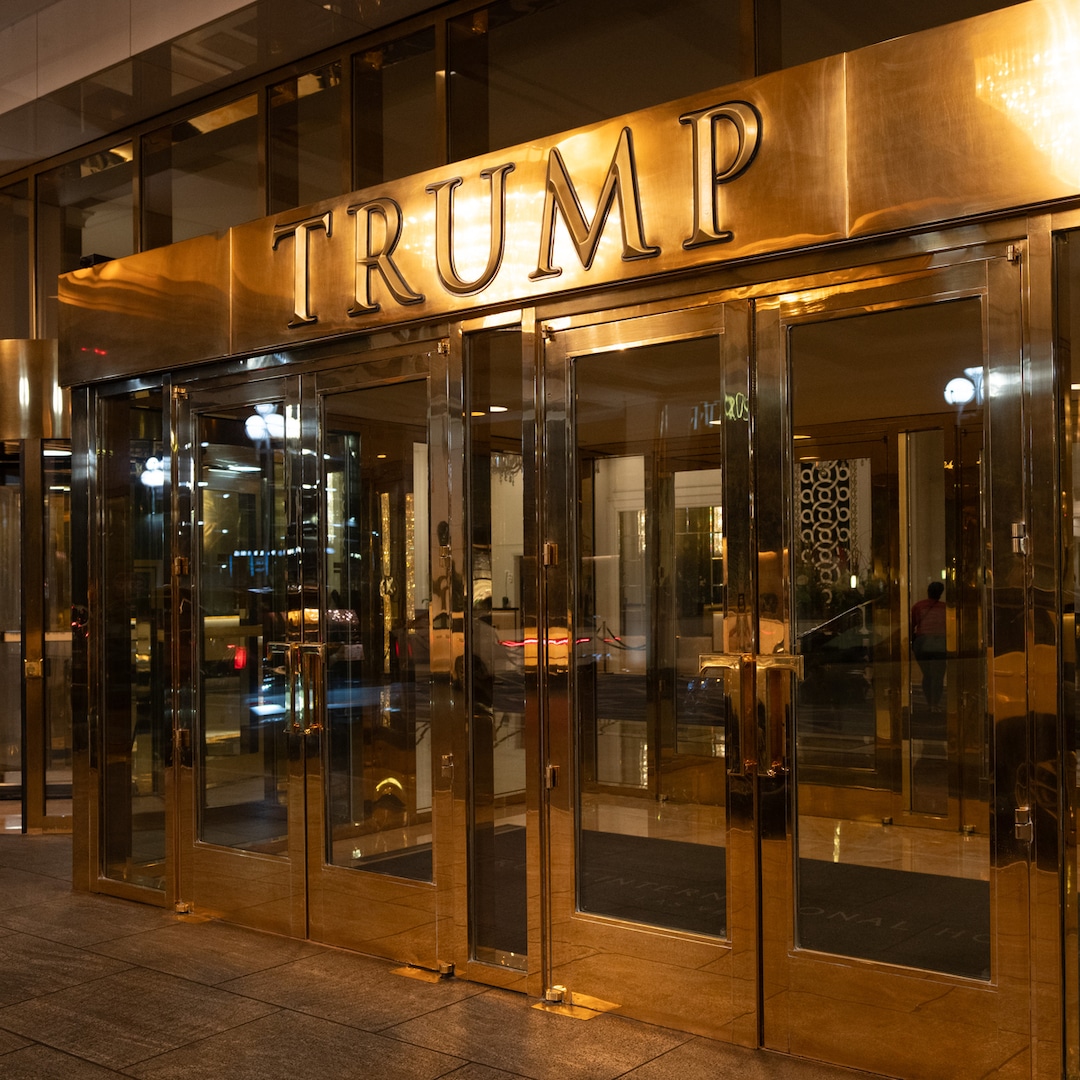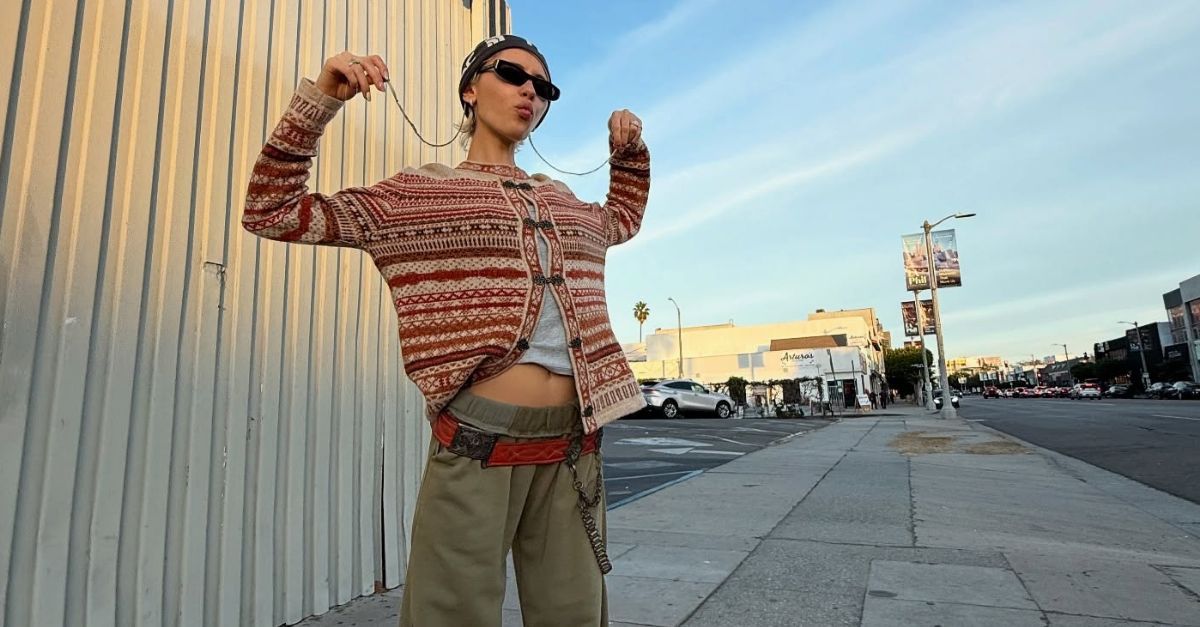Long Island’s nonprofit arts and culture industry generated $330 million in economic activity in 2022. That’s according to a new economic and social impact study conducted by Americans for the Arts. The results were announced Thursday by Long Island Arts Alliance at the Huntington Arts Council.
The study, “Arts & Economic Prosperity 6,” or AEP6 found that the economic activity saw $178 million in spending by nonprofit arts and culture organizations, and $151.6 million in event-related spending by their audiences. That activity supported 4,905 jobs and generated $81.2 million in local, state and federal government revenue, according to the study.
“The findings are a testament to the remarkable contributions of the arts to our local economy, and they provide us with a clearer understanding of the importance of supporting and nurturing our vibrant arts community,” Lauren Wagner, executive director of LIAA, said in a written statement.
“By showcasing the tangible impact of the arts on Long Island, we aim to catalyze positive changes in grant funding and provide our lobbyists with stronger leverage to drive legislative change in support of our sector,” she added.
The report’s findings show that spending by arts and culture audiences generates valuable commerce to local merchants, a value-add with which few other industries can compete. Attendees spend an average of $37.31 per person per event, beyond the cost of admission. Non-local attendees demonstrate an even greater economic impact, spending $63.83 per person, per event. 76% of surveyed non-local attendees reported that their primary purpose for visiting was to attend the cultural event, emphasizing the draw and significance of our arts and culture offerings.
“Long Island has a rich history of arts and culture, which contributes to our quality of life,” Matt Cohen, Long Island Association president and CEO, said in a written statement. “Thanks to the Long Island Arts Alliance we also know it’s a key regional economic driver and should continue to cultivate this critical and diverse sector.”
The study looked locally as well as nationally, arts and culture are a critical economic driver of dynamic communities.
“Arts and culture organizations have a powerful ability to attract and hold dollars in the community longer. They employ people locally, purchase goods and services from nearby businesses, and produce the authentic cultural experiences that are magnets for visitors, tourists, and new residents,” Nolen Bivens, president and CEO of Americans for the Arts, said in a written statement. “When we invest in nonprofit arts and culture, we strengthen our economy and build more livable communities.”



























































![OneRepublic – Hurt (feat. Jelly Roll) [Official Music Video] OneRepublic – Hurt (feat. Jelly Roll) [Official Music Video]](https://i.ytimg.com/vi/pDrD73iohmA/maxresdefault.jpg)

![Bruno Mars, Anderson .Paak, Silk Sonic – Smokin Out The Window [Official Music Video] Bruno Mars, Anderson .Paak, Silk Sonic – Smokin Out The Window [Official Music Video]](https://i.ytimg.com/vi/GG7fLOmlhYg/maxresdefault.jpg)


:quality(85):upscale()/2023/11/17/005/n/1922564/ba79fda26557f240019ba5.16287795_.jpg)













